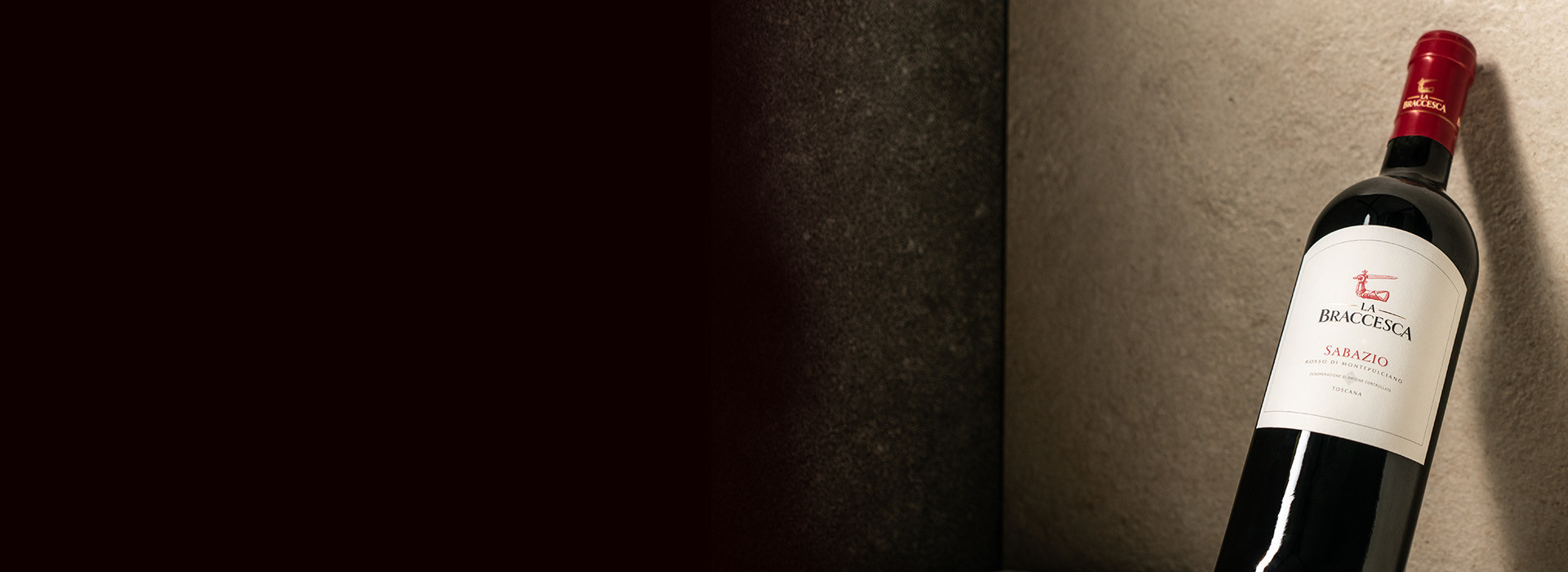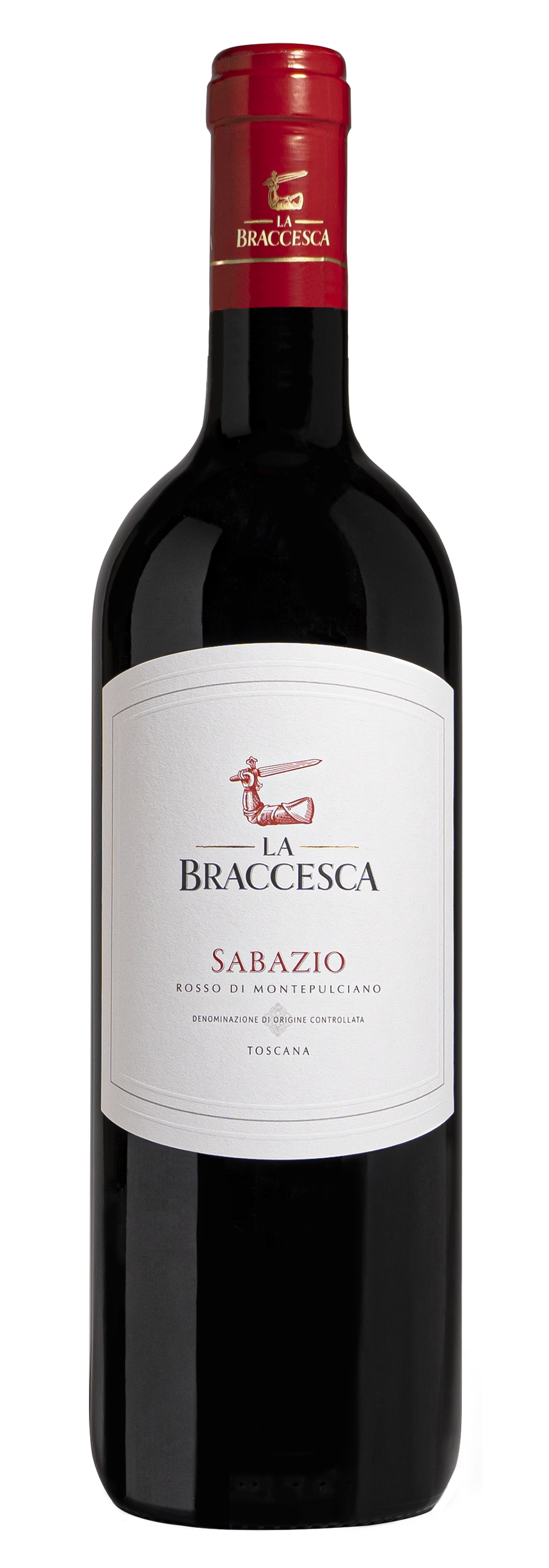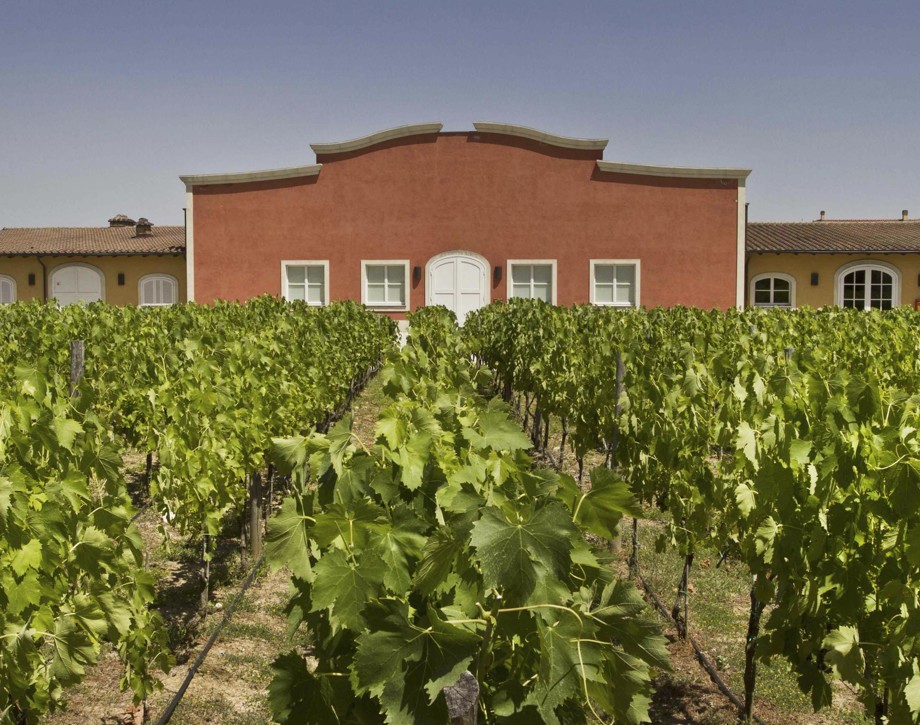Sabazio

Climate
The winter of 2016 was characterized by scarce rainfall and by mild temperatures, above normal seasonal averages. These particular climatic conditions led to an early bud break , some 10-15 days before the period of the preceding vintages. From mid-April on, lower temperatures and abundant precipitation led to a slowing of the growth of the buds and a balancing of the growth cycle of the vine. The summer, warm and dry on the whole, assisted an excellent development of the plant and the crop and an equally positive beginning to the ripening process. From the end of August on, and for the entire month of September as well, important temperature swings from daytime heat to evening and nighttime coolness, above all as the harvest itself approached, guaranteed a high level development of the aromatic components of the grapes. Picking began towards the end of the month of September.
Vinification
Once in the cellar, the grapes were destemmed and given a soft pressing. The must went immediately into the stainless steel fermentation tanks where it fermented at temperatures held to a maximum of 82° Fahrenheit (28° centigrade) in order to fully bring out and maintain the aromatic characteristics of the blend. After being run off its skins, the wine went back into the stainless steel tanks, where it went through a complete malolactic fermentation and began an aging period which lasted four months. Sabazio was bottled in the spring of 2017.
Historical Data
Fattoria La Braccesca extends over a total surface area of over 1,250 acres and is composed of two separate blocks: the historic nucleus is located in the town of Montepulciano with some 255 acres planted to vines in the finest sub-zones of the appellation. The other block, with 580 acres of grapes, is situated at the foothills of the town of Cortona. The name of the wine was inspired by Sabatino Lulli, known as Sabazio, a monk of the abbey of Montepulciano, who, for first, in medieval times, offered indications for the production of wine at Montepulciano. The first production of this wine in the zone dates from the 1992 vintage.
Tasting Notes
The 2016 Sabazio offers an intense ruby red color tending towards purple. The nose is struck by the fresh floral and fruity notes of violets and red currants. The palate is elegant and silky with a sweet and fruity finish which brings back the aromas first felt on the nose.
Awards
Galloni 90/100 IT Wine Spectator 90/100 USA

The Wine
Sabazio Vino Rosso di Montepulciano has the freshness associated with the traditional Sangiovese variety together with vibrant aromas characteristic of Merlot in a unique expression of the centuries-old Montepulciano territory. The wine takes its name from Sabatino Lulli, known as “Sabazio”, a monk from the Montepulciano Abbey who was the first to give indications on how to produce wine from the local varieties.

Climate
The winter of 2016 was characterized by scarce rainfall and by mild temperatures, above normal seasonal averages. These particular climatic conditions led to an early bud break , some 10-15 days before the period of the preceding vintages. From mid-April on, lower temperatures and abundant precipitation led to a slowing of the growth of the buds and a balancing of the growth cycle of the vine. The summer, warm and dry on the whole, assisted an excellent development of the plant and the crop and an equally positive beginning to the ripening process. From the end of August on, and for the entire month of September as well, important temperature swings from daytime heat to evening and nighttime coolness, above all as the harvest itself approached, guaranteed a high level development of the aromatic components of the grapes. Picking began towards the end of the month of September.
Vinification
Once in the cellar, the grapes were destemmed and given a soft pressing. The must went immediately into the stainless steel fermentation tanks where it fermented at temperatures held to a maximum of 82° Fahrenheit (28° centigrade) in order to fully bring out and maintain the aromatic characteristics of the blend. After being run off its skins, the wine went back into the stainless steel tanks, where it went through a complete malolactic fermentation and began an aging period which lasted four months. Sabazio was bottled in the spring of 2017.
Historical Data
Fattoria La Braccesca extends over a total surface area of over 1,250 acres and is composed of two separate blocks: the historic nucleus is located in the town of Montepulciano with some 255 acres planted to vines in the finest sub-zones of the appellation. The other block, with 580 acres of grapes, is situated at the foothills of the town of Cortona. The name of the wine was inspired by Sabatino Lulli, known as Sabazio, a monk of the abbey of Montepulciano, who, for first, in medieval times, offered indications for the production of wine at Montepulciano. The first production of this wine in the zone dates from the 1992 vintage.
Tasting Notes
The 2016 Sabazio offers an intense ruby red color tending towards purple. The nose is struck by the fresh floral and fruity notes of violets and red currants. The palate is elegant and silky with a sweet and fruity finish which brings back the aromas first felt on the nose.
Awards
Galloni 90/100 IT Wine Spectator 90/100 USA

Tenuta La Braccesca
The estate’s name comes from the historical farm that once stood there, owned by the Count of Bracci, whose coat of arms appears on the estate’s logo; an arm covered with armor brandishing a sword. Marchesi Antinori acquired the estate in 1990. The property extends over an area of 508 hectares (1255 acres) and the vineyards cover an area of 340 hectares (840 acres) divided into two blocks: the first is 366 hectares (904 acres) of which 237 (585 acres) are planted with vineyards and is located on the border between the cities of Montepulciano and Cortona. The other block is 142 hectares (350 acres) of which 103 (254 acres) are planted with vineyards, it extends all the way to Montepulciano encompassing three of the most famous parcels of land known for the production of great red wines: Cervognano, Santa Pia and Gracciano.

Soil
Sandy loam rich in very fine gravel.
















